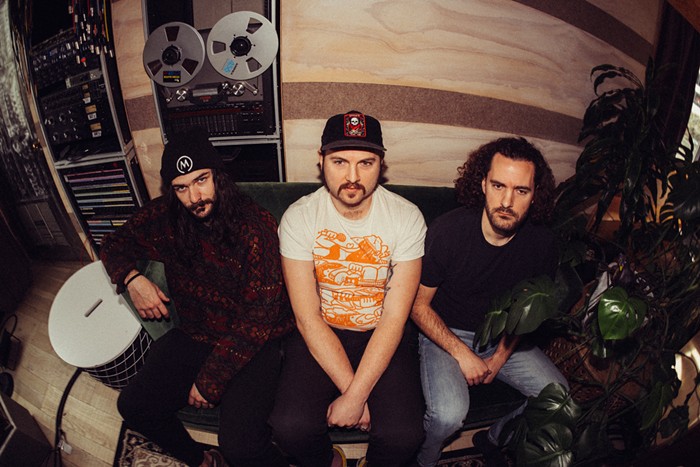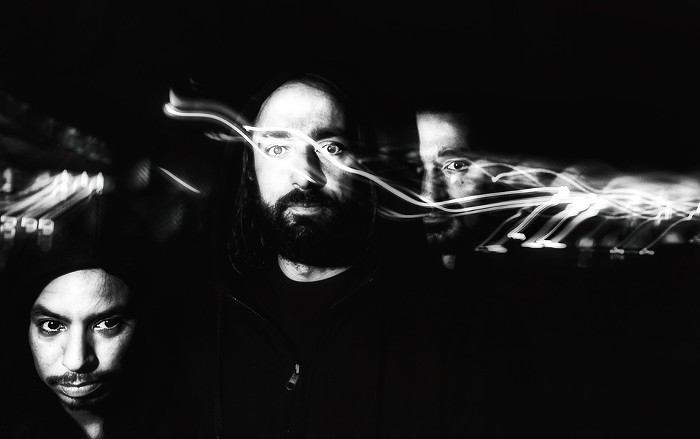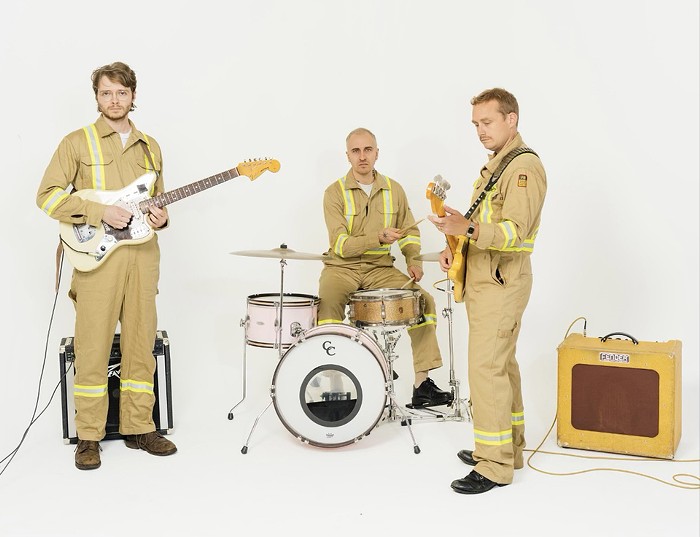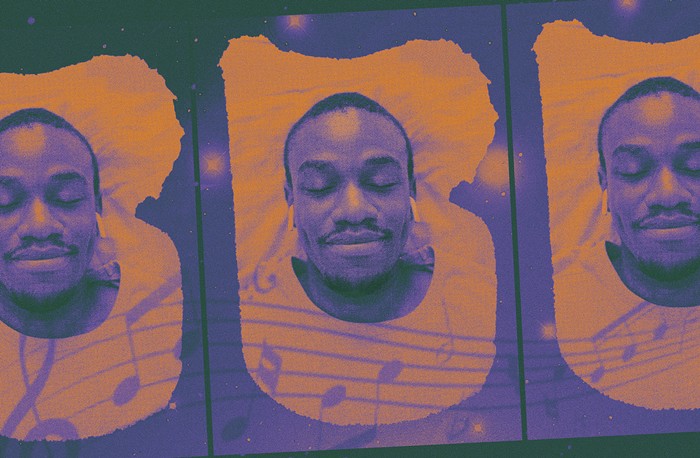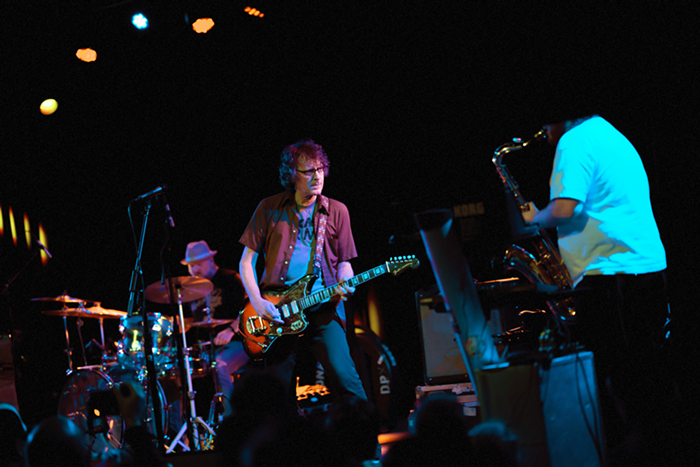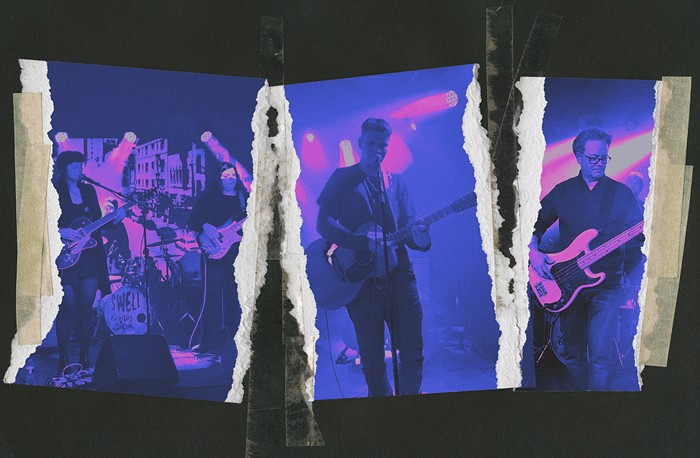
The Seattle stop of Homeward Bound, Paul Simon’s alleged farewell tour, happens tonight at Key Arena, where he will play an intimate set for 10,000 or so of his closest friends, all of whom will have paid exorbitant ticket prices that will almost definitely feel like bargains in retrospect. I hope.
In case you were wondering if I have any thoughts on Simon’s body of work, you might care to peruse this lengthy disquisition on the subject, which includes these lines:
"When Simon and Garfunkel broke up, some assumed Simon would be lost without the angelic voice of his childhood friend to elevate his compositions. What happened was exactly the opposite. Freed from the constraints of writing for a vocal harmony duo—a lovely constraint, but a constraint nonetheless—he became immersed in a world of rhythmic possibilities that made his songs more versatile, his singing more focused, and his lyrical concerns more emotionally, intellectually, and (dare one say) poetically complex.
As gorgeous as Garfunkel's harmonies were, Simon's solo work surfaced the nuanced virtues of his own singing. His gift for unforgettable melodies welcomed the gentle, conversational tone and chalky texture of his voice to the fore, a sound as physically pleasing as the Rhodes electric piano that plays the intro to "Still Crazy After All These Years."
And plenty more.

The conceit of the headline is that I can’t understand why people profess not to care for Simon’s music, which is obviously a joke. Mostly. I mean, of course, people can not like anything they care not to like. (And there are plenty of reasonable arguments for questioning his business practices and politics.)
But those objections seem far less historically meaningful than the work itself. I know, I know: "The Work." And yet.
Due to flukes of time and the home I grew up in, my admiration for Simon's songs, his sounds, his whole thing, seems to occur at a mineral level. His voice, both in the literal and the literary sense, is as familiar to me as my own heartbeat, and at times, seems almost as necessary.

And so, as I prepare to face the nightmare throng of an arena crowd in the bittersweet anticipation of what will likely be the last time I ever get to see him play (the first was the Graceland tour in 1987, the next was two years ago for Stranger to Stranger), I've compiled this playlist of songs as an offering to anyone who still refuses to grant Simon his day in aesthetic court.
(And just to keep things on the up and up, I’ll spot you most of his biggest hits: “The Sound of Silence,” “I Am a Rock,” “Mrs. Robinson,” “Bridge Over Troubled Water,” “50 Ways to Leave Your Lover,” “Kodachrome,” “Still Crazy After All These Years,” “Late in the Evening,” “You Can Call Me Al,” and even “Graceland.”)
“America”
“The Boxer”
“The Only Living Boy in New York”
“Mother and Child Reunion”
“Duncan”
“Tenderness”
“St. Judy’s Comet”
“Slip Slidin’ Away”
“Soft Parachutes”
“Train in the Distance”
“Rene and Georgette Magritte with Their Dog After the War”
“The Late, Great Johnny Ace” (demo)
“The Boy in the Bubble”
“I Know What I Know”
“Homeless”
“The Obvious Child”
“Further to Fly”
“Darling Lorraine”
“How Can You Live in the Northeast”
“The Afterlife”
“The Werewolf”
If you have made it to the end of this list and still aren’t convinced, I stand down. Though it’s possible there will be people with better ideas than mine in the comments.
